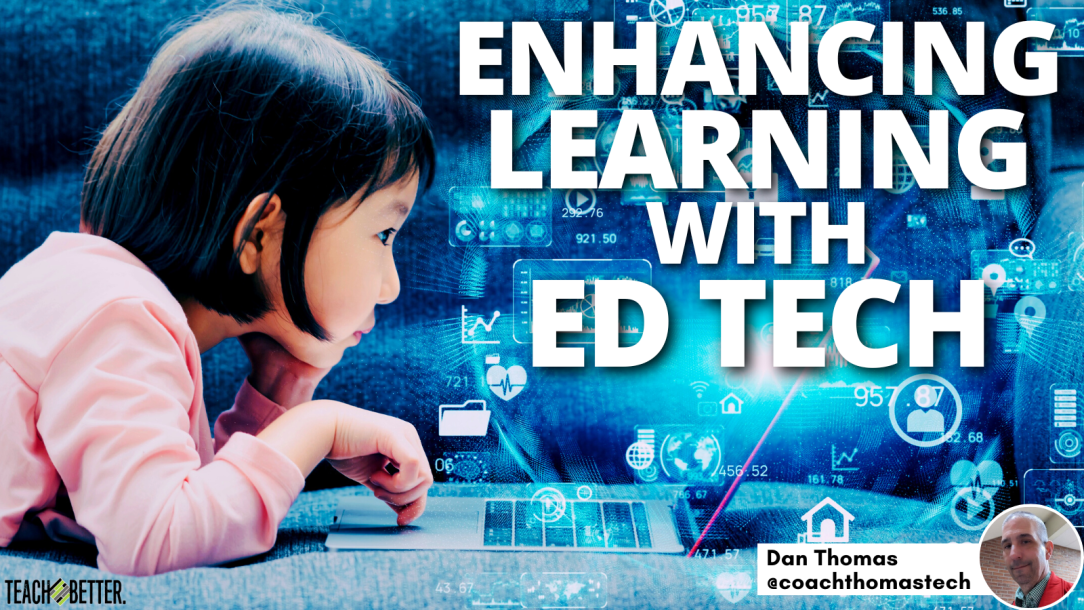TL:DR:
- Common sense is an important aspect of human intelligence that allows us to navigate everyday situations using reasoning and logic.
- Teaching and cultivating critical thinking and problem-solving skills, rather than relying solely on memorization, promotes understanding and the application of knowledge to real-world situations.
- Integrating educational technology (ed tech) in the classroom should be done with common sense, considering the use of real-world examples, collaboration, decision-making practice, role-playing, case studies, problem-solving skills, simulations, questioning, reflection, and responsible use of technology.
- Strategies such as using digital tools for collaboration, online assessments, online resources, gamification, digital storytelling, virtual field trips, online discussion boards, adaptive learning platforms, and digital portfolios can enhance the learning experience and develop important life skills.
Common Sense
In my classroom, I like to use certain phrases and sayings that have become somewhat of a cliché for me. One of my favorite phrases to use is, “Common sense is not a flower that grows in every garden.” Most people like the phrase common sense ain’t so common.
Common sense is the general term that is used to describe an ability to use reasoning and logic in everyday situations. It is a basic aspect of human intelligence that allows us to navigate our way through our daily lives. Common sense is based on experience, observations, and the culture you were raised in. It usually involves core principles, risk assessment, and consideration for others (empathy).
We want to ensure that the integration of ed tech does not widen the existing inequality gap. Everyone needs equal access to ed tech tools as well as the technology to use those tools. Click To TweetSo, why is it that we as teachers do not utilize or teach common sense? One of the most important aspects of common sense is to promote understanding over memorization. I am not saying that memorization is a bad thing. There are certain things that you just need to know.
However, studies have shown that students who understand the material are more likely to retain the knowledge. Most importantly, they can apply this knowledge to real-world situations. This is why it is important to teach and cultivate critical thinking, common sense, and problem-solving, rather than just rote memorization.
Just how do we foster this shift from memorization to understanding?
Traditional lectures have their place in education. For example, introducing some new material and content. They need to be supplemented with activities that require the student to engage with the material in different ways. Active learning activities help a student to apply what they learn in meaningful ways. They create a need for common sense and understanding. Students learn best when they are actively engaged in the learning process. They need some agency and accountability. Open-ended, project-based learning is huge for this.
Participating in these open-ended problems is a fantastic way to emphasize practical skills (common sense). The soft skills that the students learn through these projects are going to be beneficial to them overall. We are teaching them life skills they can use to succeed well beyond the classroom. These life skills include communication, teamwork, problem-solving, and time management.
The integration of educational technology, or ed tech, has brought some significant changes in the way that students learn and teachers teach.
The use of ed tech has also raised concern about its effectiveness and impact on student learning outcomes. We do not want to create another passive learning environment like we already have. Additionally, we want to ensure that the integration of ed tech does not widen the existing inequality gap. Everyone needs equal access to ed tech tools as well as the technology to use those tools.
It is important that ed tech be used with some common sense in the classroom. Just because you have a tool and can use the tool does not mean that you should. Digitizing a worksheet just makes it an expensive worksheet. Teachers, administration, and parents need to make sound decisions on incorporating technology for their students and children.
Strategies to Add Ed Tech to the Classroom
Use Real-World Examples
Use real-world examples and scenarios to demonstrate common sense in action. Discuss with your students how the situations could have been handled better or differently.
Encourage Collaboration
Encourage collaboration among students to develop problem-solving and critical thinking skills. Give them opportunities to work together in groups to solve problems.
Practice Decision-Making
Give students opportunities to practice decision-making by presenting them with choices and scenarios to consider. Discuss the implications of each option and encourage them to make an informed decision.
Role-Play Exercises
Use role-playing exercises to help students practice handling different situations. This will help them build confidence in their problem-solving skills.
Use Case Studies
Use case studies to analyze and discuss situations where common sense is important. This will help students understand how to apply common sense to different situations.
Teach Problem-Solving Skills
Teach students how to identify problems and produce creative solutions. This will help them to develop critical thinking skills that are essential for common sense.
Use Simulations
Use simulations to help students understand complex situations and practice making decisions. This can include virtual simulations or real-life simulations, such as a mock trial.
Encourage Questioning
Encourage students to ask questions and seek clarification when they are unsure about something. This will help them to develop their analytical skills and become more independent thinkers.
Model Good Decision-Making
Model good decision-making by explaining your reasoning behind your decisions. This will help students understand how to make informed decisions and develop their own critical thinking skills.
Use Reflection
Encourage students to reflect on their own decision-making processes and how they can improve. This will help them develop self-awareness and continue to improve their commonsense skills.
[scroll down to keep reading]Strategies to Add Common Sense and Ed Tech Together
Use Digital Tools for Collaboration
Use digital tools such as Google Drive or Microsoft Teams to encourage collaboration among students. This will help them develop teamwork and communication skills, as well as improve their digital literacy.
Use Online Assessments
Use online assessments to track student progress and identify areas where they need additional support. This will help you tailor your teaching to meet the needs of each student.
Encourage Responsible Use of Technology
Teach students how to use technology responsibly and safely. This includes teaching them about online etiquette, privacy, and security.
Use Online Resources
Use online resources such as Khan Academy or YouTube to provide additional support for students. This can help them learn at their own pace and provide a different perspective on the material.
Use Gamification
Use gamification to make learning more engaging and interactive. This can include using educational games or incorporating game-like elements into classroom activities.
Use Digital Storytelling
Use digital storytelling tools such as Adobe Spark or Canva to help students develop their creativity and communication skills. This can include creating presentations, videos, or infographics.
Use Virtual Field Trips
Use virtual field trips to give students a more immersive learning experience. This can include virtual tours of museums, historical sites, or natural wonders.
Use Online Discussion Boards
Use online discussion boards to encourage students to engage in meaningful discussions about course material. This can help them develop critical thinking and communication skills.
Use Adaptive Learning Platforms
Use adaptive learning platforms such as DreamBox or ALEKS to provide personalized learning experiences for each student. This can help them progress at their own pace and provide additional support where needed.
Use Digital Portfolios
Use digital portfolios to help students track their progress and showcase their work. This can help them reflect on their learning and provide evidence of their achievements.
About Dan Thomas
Dan Thomas is an experienced technology education teacher with a passion for educational technology and project-based learning. With over 30 years of experience in the field, Dan has witnessed the evolution of technology in the classroom and has adapted his teaching style to keep up with the latest trends. Dan has worked with students of all ages and backgrounds. He has a strong understanding of how to integrate technology into the curriculum to enhance learning and engage students through project-based learning. His focus is on creating learning experiences that are hands-on, collaborative, and relevant to the real world.



